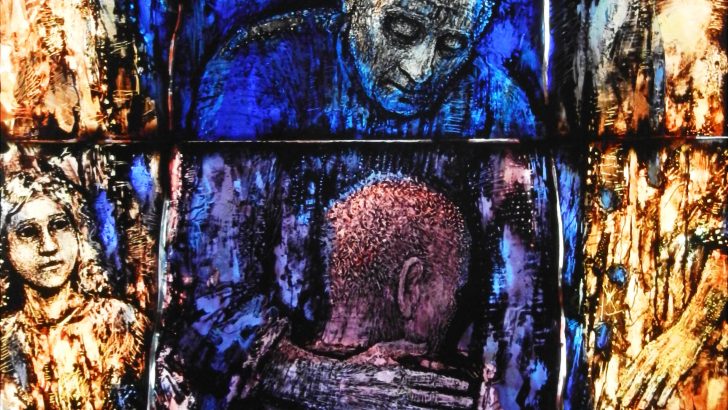Fr Bernard Healy
I was in Dublin a few weeks back for the launch of the ‘Photo Detectives’ exhibition at the National Photographic Archive in Meeting House Square, Temple Bar. The exhibition celebrates the work of a project launched by the National Library of Ireland back in June 2011. Every weekday a photo from the National Library’s collection is posted on the Flickr website and an international community of amateur researchers works on establishing the who, where, when and why of the picture – often leading to valuable corrections and additions to the Library’s own catalogue listing.
Challenge
As someone who loves the challenge of a good puzzle, this photo detective work is something I get a great kick out of. With such resources as the 1901 and 1911 censuses, old parish registers, old civil birth, marriage and death records, OSI maps, Griffith’s Valuation and Tithe Applotment Books being available on-line, the amount of research one can do for free from one’s own home is astonishing. Work which took hours of poring over registers and records a mere decade ago, can now be done on the internet in a few minutes. A trip to the local library opens up even more resources with old newspapers from all over Ireland capable of being digitally searched.
As most of the photos date from the 1870s into the first half of the 20th century, they give an insight into a period of great change in Irish society.
Oldest photos
Some of the oldest photos are eviction scenes showing the plight of families who have been ejected from their homes. Other photos show scenes of rural and urban poverty and include people who lived through the Great Famine. The formal portraits put online also tell a story. Some of them turn out to be of Ascendancy families who were powerful in their time, but are nowadays no longer found in Ireland. Others show a rising Catholic middle class whose economic prosperity and success in various professions would bring them into prominence in the late 19th and early 20th centuries. Pictures of various ‘big houses’ often testify to the homes of a departing gentry becoming religious houses or boarding schools, before going back into private hands in more recent years as religious orders adapt to their changing circumstances. Photos also show the churches, religious houses, schools, hospitals and other institutions that an assertive Church constructed during a time when both its infrastructure and influence was growing.
Anyone interested in this kind of photo detective work should drop by the National Photographic Archive to see the exhibition, or check out the National Library of Ireland Flickr stream at www.flickr.com/photos/nlireland/ for a daily helping of our country’s social history in photographic form.
*****
Story of change
That social history of our Church and country was in evidence last Friday with the blessing of our new Reconciliation Window in St John’s Church, Tralee. The first new piece of stained glass in the church in 60 years, it is the work of Tom Denny whose windows can be found in several of England’s Cathedrals. His family were prominent landlords and members of the Anglican community in the Tralee area before the changes that came with Independence. The collaboration between the community in Tralee, the Denny family and the parish in bringing this window into being tells its own story about the historical changes of recent decades.
*****
The parish of St John’s also recently celebrated the 60th anniversary of our ‘Gregorian Choir’. The choir, under the leadership of Mike O’Shea, sings a fine selection of both traditional and contemporary liturgical music at our Vigil Mass and at special liturgies throughout the year. The choir was founded by Msgr Pat Ahern who is himself a noted composer of liturgical music and founder of Siama Tíre, Ireland’s National Folk Theatre. In addition to celebrating this anniversary, Fr Pat was recently awarded an honorary doctorate by UCC. All of us in St John’s are delighted to recognise Fr Pat’s gift for inspiring excellence in liturgical music and drama, and acknowledge his ongoing cultural and pastoral work with people of all ages. Kudos too to all involved in the choir for their hard work and generosity with their time and talent. Rath Dé ar an obair.


 Return of the Prodigal Son, Luke Chap 15
Return of the Prodigal Son, Luke Chap 15 